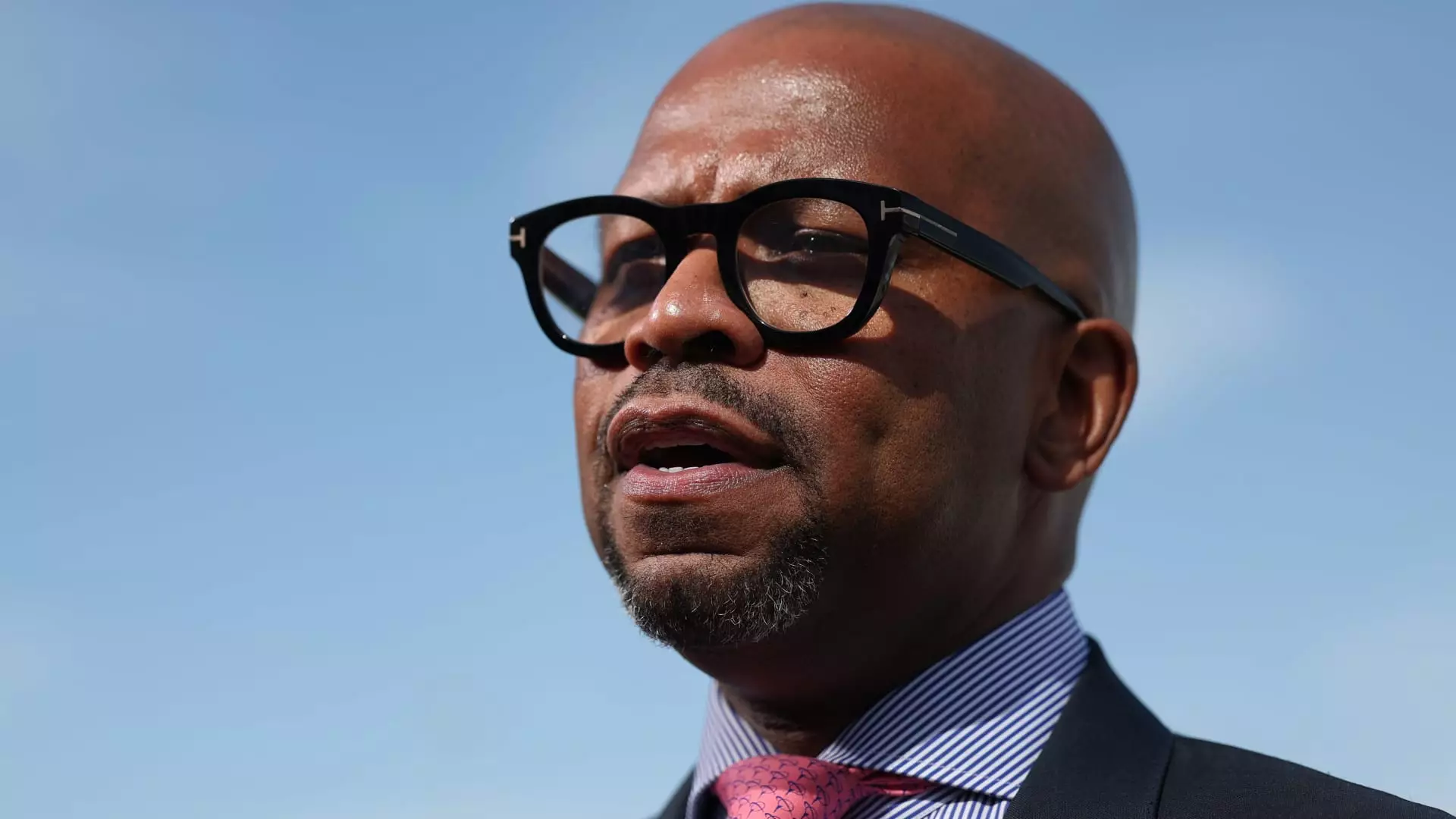Boeing, a titan in the aerospace industry, is undergoing significant changes in its leadership structure. Ted Colbert, the head of Boeing’s defense unit, has stepped down effective immediately—a move indicative of larger strategic adjustments within the company. This transition marks the first substantial executive alteration since CEO Kelly Ortberg assumed leadership in early August. The timing of Colbert’s departure is crucial; it coincides with a period where the company faces mounting pressure to regain the trust of its stakeholders amid a series of operational challenges.
In a memo to staff, CEO Ortberg emphasized the vital need to restore customer trust, stating, “At this critical juncture, our priority is to restore the trust of our customers and meet the high standards they expect of us to enable their critical missions around the world.” This declaration underscores the company’s acknowledgment of recent setbacks that jeopardize its reputable standing in the defense, space, and security market. Improving performance and accountability will be pivotal in delivering on the commitments to their clients, primarily as the company strives to navigate the complexities of its operational landscape.
Ted Colbert’s tenure at Boeing spanned over 15 years, and his departure marks the end of an era for the defense unit. Under his leadership, the organization faced a myriad of challenges, most notably concerning production delays and budget overruns. Steve Parker, currently the Chief Operating Officer of the defense sector, will assume Colbert’s responsibilities in the interim. This leadership handover raises questions about the strategic direction Boeing will take moving forward, especially considering that the defense unit is a significant revenue generator, comprising nearly 40% of the company’s intake in the first half of the year.
Boeing’s defense sector has been under scrutiny primarily due to ongoing production difficulties and financial inefficiencies. The new 747 aircraft designed for Air Force One have been particularly problematic, with issues unveiled that have hindered their timely release. Additionally, setbacks with the Boeing Starliner mission to the International Space Station, which returned without the intended NASA astronauts, further question the reliability of the company’s aerospace capabilities. Such challenges amplify the sense of urgency reflected in Ortberg’s communication and pivot the focus towards operational excellence.
As Boeing turns a page with its leadership transition, the emphasis will inevitably fall on how the organization addresses its operational shortcomings and re-engages its customer base. The aviation giant stands at a crossroads; it must prioritize transparency and rebuild its reputation to reclaim its position as a leader in the aerospace sector. The focus on strategic changes, efficient production lines, and robust management will be crucial determinants as the company navigates these challenging times. As they seek stability in an uncertain landscape, all eyes will be on Boeing’s next moves in restoring confidence among its clients and stakeholders alike.

